A Beginner’s Guide to Granule Packaging Machines
In today’s competitive market, businesses need to find efficient and cost-effective ways to package their products. Granule packaging machines offer a reliable and efficient solution for a wide range of industries, including food, pharmaceutical, and chemical. This guide provides a comprehensive overview for anyone looking to understand and utilize these essential machines.
Types of Granule Packaging Machines
Granule packaging machines come in various types, each designed for specific applications. Common types include:
– Semi-automatic machines: Require manual loading and sealing of bags or containers.
– Fully-automatic machines: Automate the entire process from bag opening to sealing.
– Vertical form-fill-seal (VFFS) machines: Create bags from roll stock, fill them with granules, and seal them.
– Horizontal form-fill-seal (HFFS) machines: Form and fill pre-made bags with granules.
Key Features and Benefits
Granule packaging machines offer several key features and benefits, including:
– High efficiency: Automated processes significantly reduce labor costs and increase productivity.
– Accuracy and precision: Precise dosing systems ensure consistent and accurate filling.
– Versatility: Machines can handle a wide range of granule sizes, shapes, and densities.
– Hygiene: Sealed packaging protects granules from contamination, ensuring product quality.
– Flexibility: Machines can be customized to meet specific packaging requirements.
Safety Considerations
When using granule packaging machines, it is crucial to prioritize safety. Key considerations include:
– Proper training: Operators must be adequately trained to safely operate the machines.
– Regular maintenance: Regular inspections and maintenance ensure machines operate reliably.
– Guarding and protective devices: All moving parts should be guarded to prevent injuries.
– Emergency stop buttons: Easily accessible emergency stop buttons allow operators to shut down machines quickly.
Troubleshooting and Maintenance
Granule packaging machines require proper troubleshooting and maintenance for optimal performance. Common troubleshooting steps include:
– Checking for blockages: Blockages in the filling system can cause uneven filling.
– Calibrating sensors: Regular calibration ensures accurate filling and sealing.
– Replacing worn parts: Timely replacement of worn parts reduces downtime.
– Cleaning and sanitation: Regular cleaning prevents contamination and maintains hygiene.
By understanding the different types, key features, safety considerations, troubleshooting, and maintenance aspects of granule packaging machines, businesses can utilize these machines effectively to enhance productivity, ensure product quality, and meet packaging requirements.
-
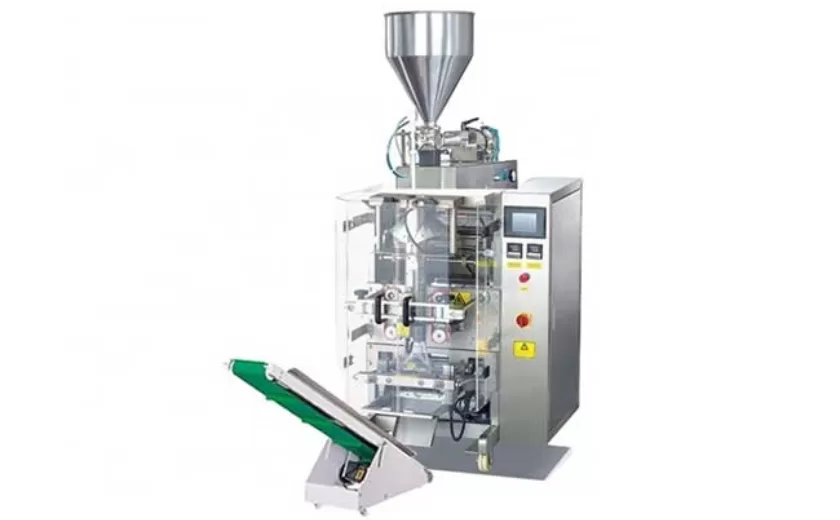
Advanced Packing Solutions: Snacks, Sugar, and Frozen Food Machines
29-10-2025 -
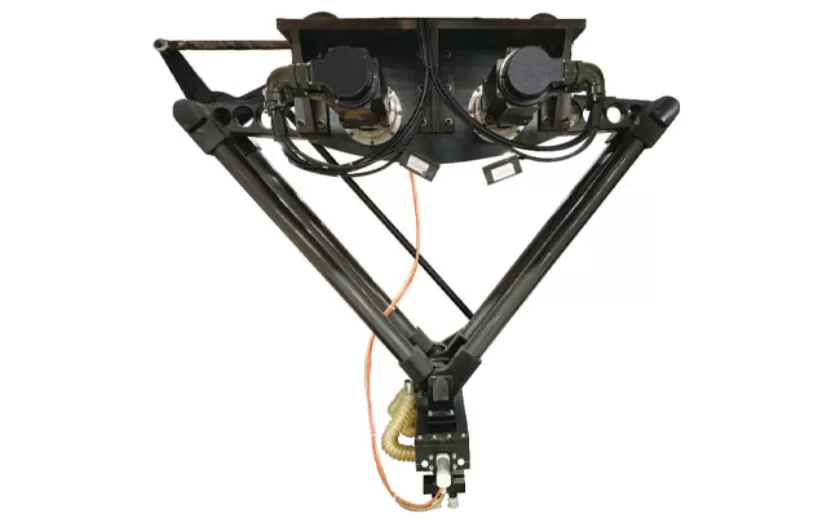
Efficient and Reliable Solutions for Salt, Nuts, and Frozen Dumplings Packing
29-10-2025 -
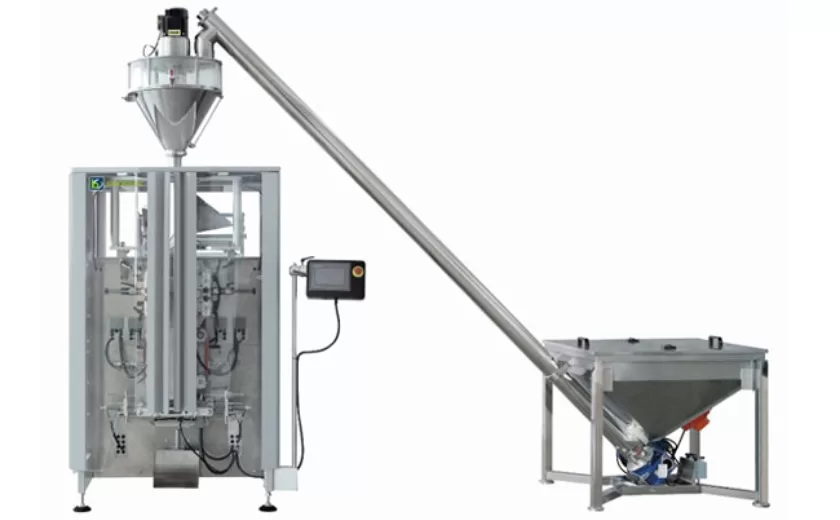
High-Performance Biscuits, Lollipop, and Ketchup Packing Machines for Modern Food Production
29-10-2025 -

Efficient Liquid Filling and Packing Machines for Modern Production
23-10-2025 -
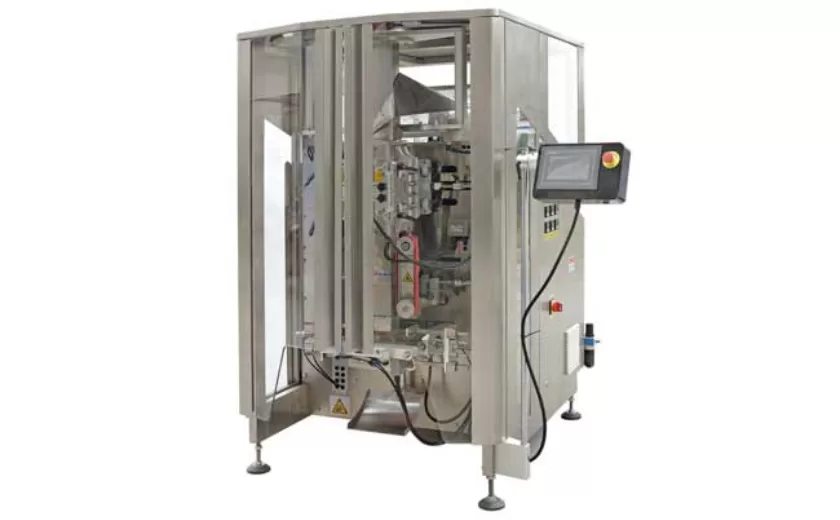
Reliable Granule Packaging Machines for Efficient Production
23-10-2025 -

Efficient Auger Powder Filling Machines for Accurate Packaging
23-10-2025 -

High-Performance Liquid Filling and Packing Machines for Hygienic Production
10-10-2025 -

High-Efficiency Granule Packaging Machines for Precision and Speed
10-10-2025 -

High-Precision Auger Type Powder Filling Machines for Efficient Packaging
10-10-2025 -
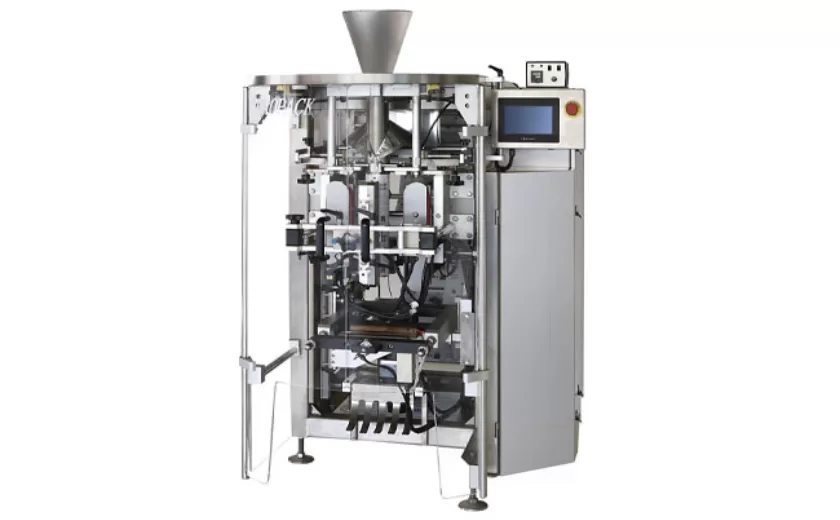
Efficient Vertical Form Fill Seal Packaging Machines for Smart Production
10-10-2025





